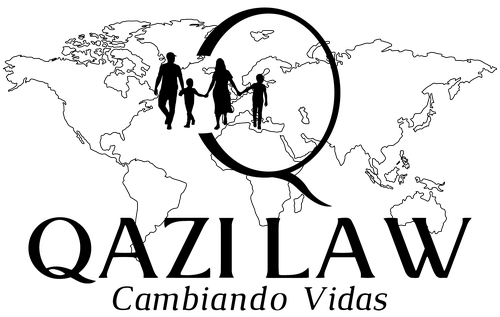“Coyote” is the name given to immigrant smugglers who move people across the border between Mexico and The US. It draws a colloquial comparison to Coyotes, the wolf-like canines that move stealthily at night. Like the animal, the immigrant smugglers move stealthily between Central America and Mexico moving thousands of people each year, in a business of Billions of dollars.
The term “Coyote” has been used since 1950 to designate Mexicans who lived near the border and helped people cross the border between Mexico and the US, usually relatives, to work in fields, mines, canneries, and railroads. This migratory trend began in the 1940s when the US was in urgent need of labor after the Second World War and was formalized with the “Bracero Program”. This executive order called the Mexican Farm Labor Program gave short-term work permits to Mexican men.
In 1951 the Bracero Program became permanent, giving amnesty to millions of Mexican migrants who could choose to legalize their status. This amnesty unleashed a new wave of illegal migration of Mexicans hoping to cross the border and obtain immigration papers. The 2nd generation of coyotes, many children of coyotes, found a fertile field to make a lucrative business helping thousands of undocumented immigrants to cross the border illegally.
Since then, the Coyote has been a key figure in the trafficking of undocumented immigrants, and has become a business that generates billion of dollars and thousands of deaths, kidnappings, assaults, and forced disappearances.
A Coyote or smuggler charges between $7,000 and up to $15,000 per person, and usually transport groups of between 10 and 50 people. However, this “business” by staying on the fringes of the law allows the Coyotes to take advantage of their “clients”, reporting situations of violence that have given rise to a human rights crisis.
The migratory route followed by Central American and Mexican migrants is the same used by the drug cartels that bring narcotics to the US, because of this, migrants must face more dangers than they did in the past, such as assaults, kidnappings, rape and even murder. It is due to these dangers that migrants continue to seek the “Coyotes” who pay the cartels to allow them to cross through their territories.
The smugglers have clients, on the contrary, a human trafficker has prisons. Today the coyotes cross that fine line very often and ally themselves with the Mexican cartels to extort, rob, kidnap and murder the people who they were paid thousands of dollars for a safe trip, many of them now being human traffickers.
There are thousands and thousands of stories of migrants who were abandoned by coyotes in the desert, were kidnapped and extorted, or disappeared and their relatives never knew of their whereabouts. Likewise, many migrants are victims of human trafficking and end up being sold to cartels.
In 2016, Martín Carranza-Sánchez, a 45-year-old Mexican, pleaded guilty to human trafficking and extortion of US residents in the US, asking for thousands of dollars to free kidnapped “his clients”, relatives of American residents. During the trial, it was considered that Mr. Carranza Sánchez earned more than $95,000 with this method of extortion, and it was decreed that economic compensation be awarded to his victims.
This case is just a small sample of what coyotes are capable of doing to earn more money from their victims. Situations have been reported where they are capable of murder if they do not get what they want.
In 2000, Congress created the “T” nonimmigrant status, by passing the Trafficking Victims Protection Act (TVPA), part of the Victims of Trafficking and Violence Protection Act of 2000. The TVPA allows people traffickers to be prosecuted and be punished, and that non-citizens be given protection.
Federal law understands the term “severe forms of trafficking in persons” in two different categories; Sex trafficking and labor trafficking. People who consider that they have been victims of either of these two types of crimes can apply for the T Visa.
The T Visa allows the applicant to remain in the country while the investigation, prosecution, and arrest of traffickers are carried out. The applicant will have multiple benefits such as a work permit, and if he remains in the country for three years he can access The US permanent residence.
To qualify for the T visa, the migrant must demonstrate that he or she is or has been a victim of a severe form of trafficking in persons, are physically present in the United States on account of trafficking, have complied with any reasonable request from a law enforcement agency for assistance in the investigation or prosecution of human trafficking and would suffer extreme hardship involving unusual and severe harm if you were removed from the United States.
.
Do you believe you are a victim of human trafficking? Call our office, we might be able to help. Call us at 630 504 0648.

